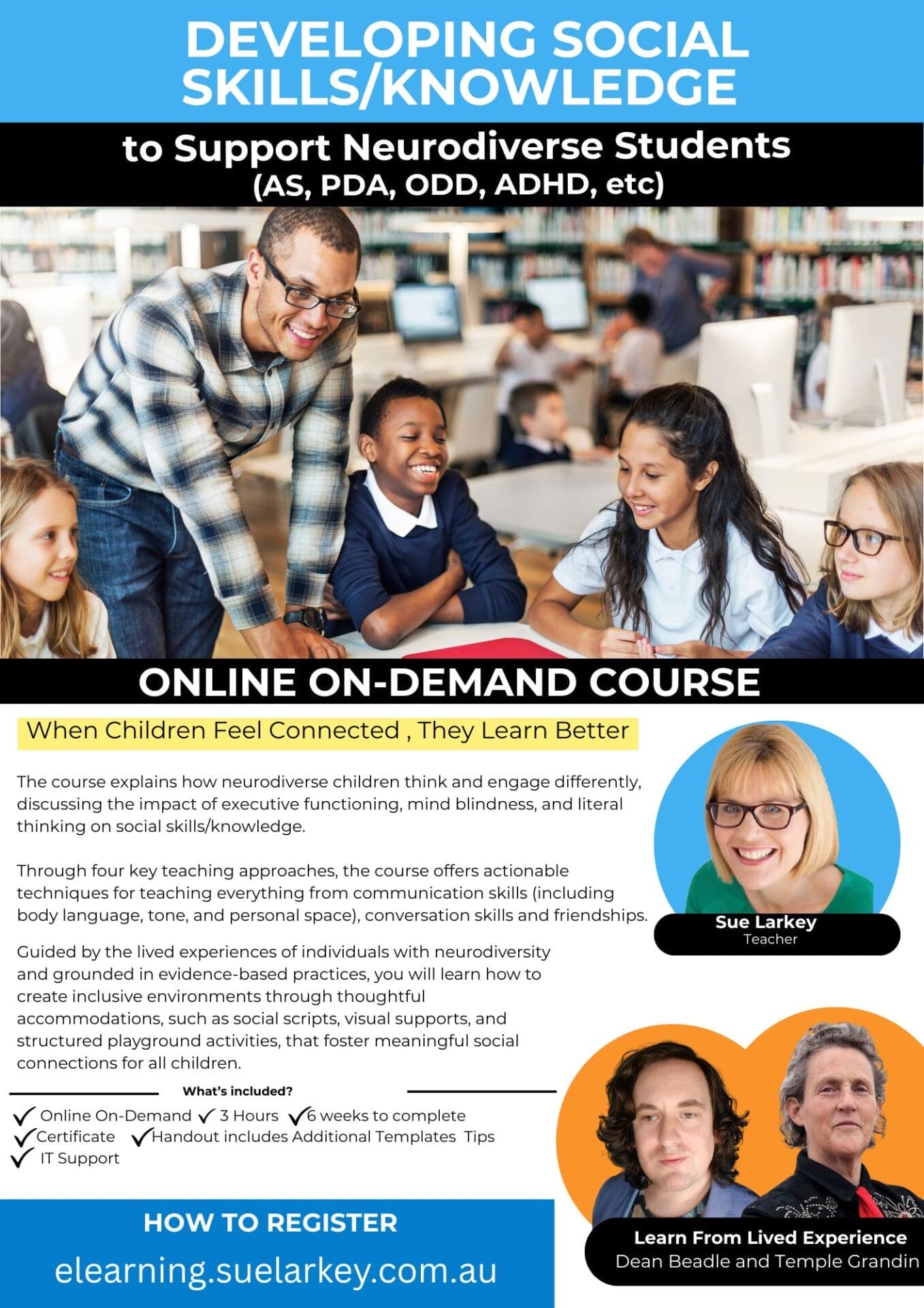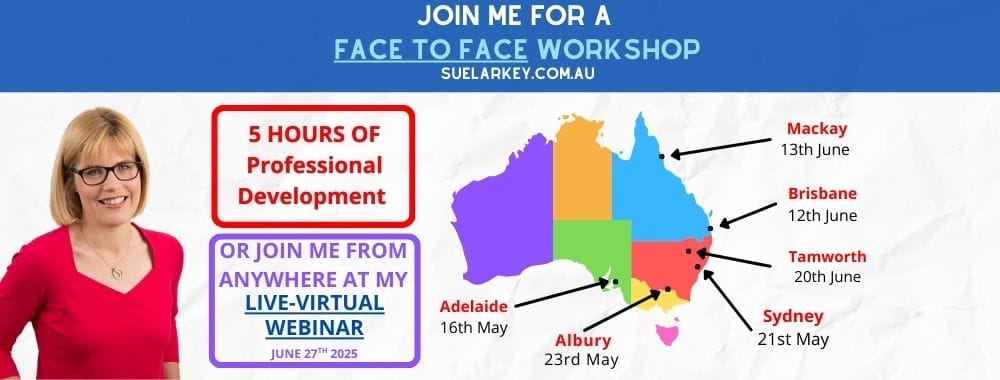UNDERSTANDING AUTISM: COMMON CONFUSIONS AND MISUNDERSTANDINGS – WITH PSYCHOLOGIST EMILY HANLON
Begin Understanding Autism Today!
This week I am joined by guest, Emily Hanlon, a Psychologist who completed her Clinic Masters Research on the well-being of siblings of children with ASD compared to children with typically developing siblings. The results showed that ASD siblings reported lower scores on emotional efficacy and positive affect, and reported higher scores on negative affect than did the comparison group siblings. To summarise, the findings indicated that having an autistic sibling resulted in lower overall levels of psychological well-being than siblings of typically developing individuals. The full article is available here.
She is also the daughter of Randa Habelrih, a guest on the podcast in Episode 107.
Check out her website here!
Begin Understanding Autism Today!
Diagnostic labels
Labels are difficult, but they do have benefits for proper diagnosis and support.
There are three levels of ASD diagnosis:
- Level 1: ‘high functioning’
- Level 2: ‘moderately functioning’
- Level 3: ‘severe’, often severe difficulties with communication and selfcare
ODD vs PDA
- Oppositional Defiant Disorder (ODD): those who display defiant and disobedient behaviour towards authority figures, note ODD is purely behavioural
- Pathological Demand Avoidance (PDA): profile that describes those whose main characteristic is to avoid everyday demands and expectations to an extreme extent, note PDA is profile not a diagnosis
| by Martin L. Kutscher MD | Kids in the Syndrome Mix is a concise, scientifically up-to-date, all-in-one guide to the whole range of often co-existing neuro-behavioural disorders in children from attention deficit hyperactivity disorder (ADHD), obsessive-compulsive disorder, and bipolar disorder, to autistic spectrum disorders, nonverbal learning disabilities, sensory integration problems, and executive dysfunction.
ADHD vs ASD
ADHD and ASD can appear similar: children with both diagnoses can have problems focusing, be impulsive, and have difficulties communicating. However even though behaviours may overalp, the cause of the behaviour is very different.
- ASD: series of developmental disorders that affect language skills, behaviour, social interactions, and the ability to learn
- ADHD: impacts the way the brain grows and develops
The reason behind social challenges that may appear:
- ADHD: root cause may include inattention and an inability to organise their thoughts or even impulsivity
- ASD: root cause may include not understanding verbal communication or delays in language skills
Note there are some critical indicators of autism: such as markers of early social development are not on track, including turn-taking play, responding to names and imaginative pay; lack of other social traits like appropriate facial affect, humour and empathy. In comparison, a child with ADHD may not be able to stick to turn-taking but they understand it, they may not respond when called due to inattention but they recognise their name and what it means.
Kids in the Syndrome Mix
$48.95
4 in stock
Children who slip under the radar
There are three types of children with autism who slip under the radar:

Children whose IQ is not in the category of ‘intellectual disability‘.
Mainstream schooling typically follows a ‘one size fits all’ approach. Most special schools require a child to have an intellectual disability (i.e. IQ below 70). There lies the problem: these children don’t ‘belong’ in specialised school system, but mainstream school system isn’t well-equipped to foster their learning. There is often the misconception these children are not social and don’t want to make friends – often the opposite is true! They really want to make friends but don’t know how to go about it, and there are minimal supports in place at school.

Children who don’t present the typical behaviour we have learnt to associate with autism.
Many children with autism struggle in silence. They may present as quiet and well-behaved all day at school but have a meltdown the minute they get home. They have been feeling over-stimulated but have managed to hold it in until they are with a safe person to let to out. Parents who approach the school often get the same response: ‘but they are well behaved at school, it must be something happening at home’. This is not necessarily true, and schools need to work together with parents. Educating children with autism is a team effort – there is no home vs school, it’s a total collaboration.

Children who are high functioning but still require support.
Example: one of Emily’s clients with L1 autism requires sensory breaks. The school has a special education unit for him to use when he needs. However, he never puts his hand up to ask because he ‘doesn’t want to be left out of class and miss fun stuff’, ‘doesn’t like leaving the class because everyone wants to know where he is going and he doesn’t want them to know he needs a sensory break’.
This is an example of where the school has the student’s best intentions at heart, but this method of support makes the student feel more excluded.
Outside the box solution: the entire class takes 2 min sensory breaks together. After a two week trial period of this solution, teacher reported the whole class benefited from the experience and the student seemed happier and more focused throughout the day.
What can we do to support these students?
Just like the previous example: often strategies for support/inclusion can inadvertently become exclusion.
Most strategies to support children with additional needs can be beneficial to the whole class. For example:
- Visuals
- Motivators / positive reinforcement
- Movement / sensory breaks
- Mindfulness breaks
If you are a teacher, try to implement strategies that include the whole class so that no child feels excluded.
What can teachers / educators do if they believe a student needs to get assessed for a diagnosis?
Approach the family, be mindful two things typically happen:
- If it is their first time hearing it – it may come as a shock
- If they have heard it before they may be in denial and become be defensive
Come prepared with a list of things you are noticing the child is struggling with – come with a list of positives too! Keep records/ behaviour diaries of what exactly you are noticing and when – give as much info as possible, e.g. triggers. Support the family through this, if possible ask school counsellor for recommendations for psychologists in the area.
Remind the family that early intervention is best – going and getting a second opinion wont harm anyone, and it may be the best thing they ever did for their child.
Commitment to Understanding Autism is Key!
Want to learn more with Sue Larkey?
Developing Social Skills to Support Neurodiverse Children
(AS, PDA, ODD, ADHD, etc)
✅ What, How & When to teach Social Skills
✅ Myths & Misunderstanding
✅ How to Make and Keep Friends
✅ Impact of Executive functioning
✅ 4 Steps to Create Social Skills Program
✅ Lived Experience of Social Learning
✅ Creating Inclusive Playground
AVAILABLE and ON SALE Now
 3 Hours
3 Hours
 Certificate
Certificate
$149


Join me on Instagram!
Enjoyed Understanding Autism? I am always sharing stories and new content








 Sorry we no longer ship items outside Australia. Please consider the digital versions of Sue’s Books –
Sorry we no longer ship items outside Australia. Please consider the digital versions of Sue’s Books – 